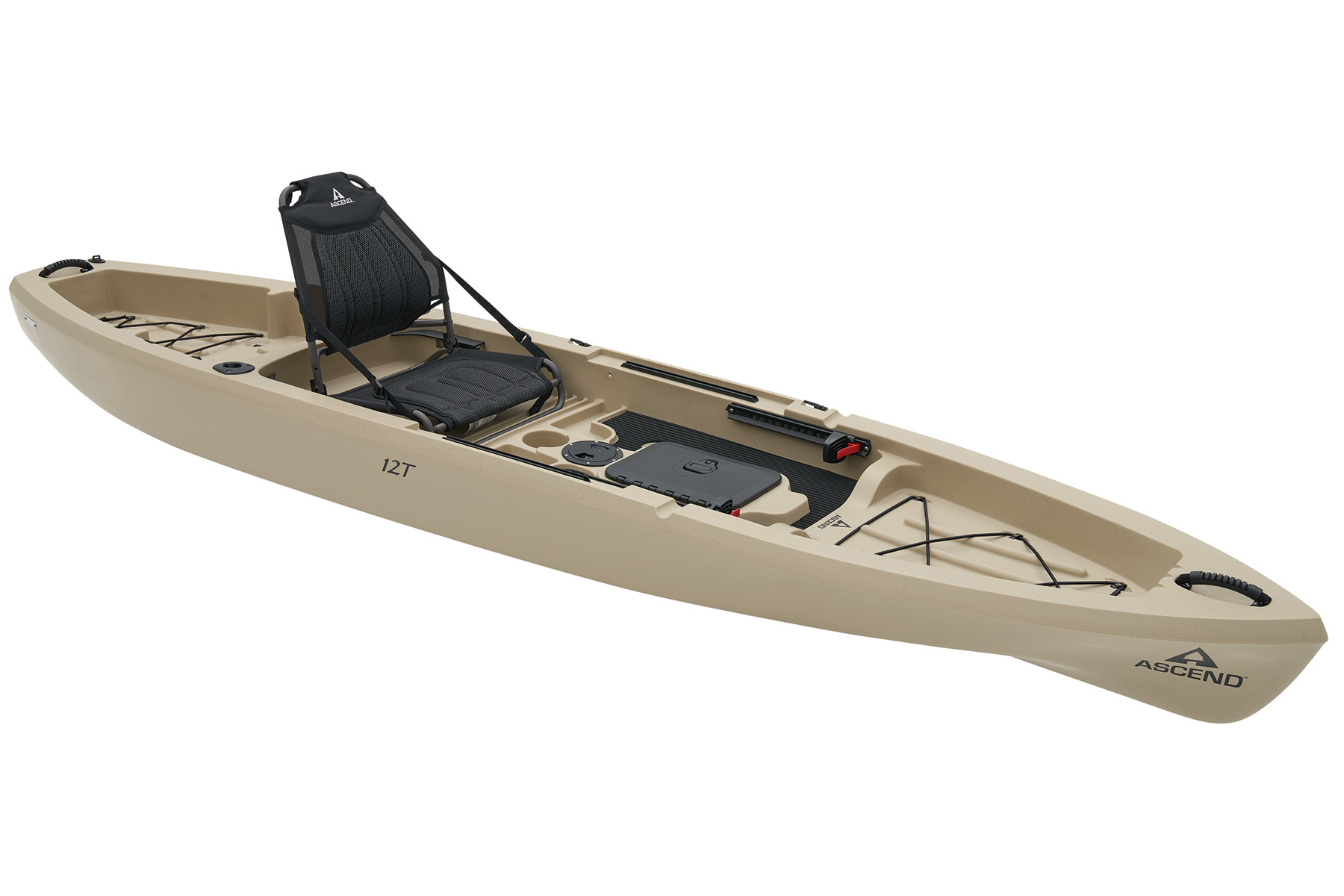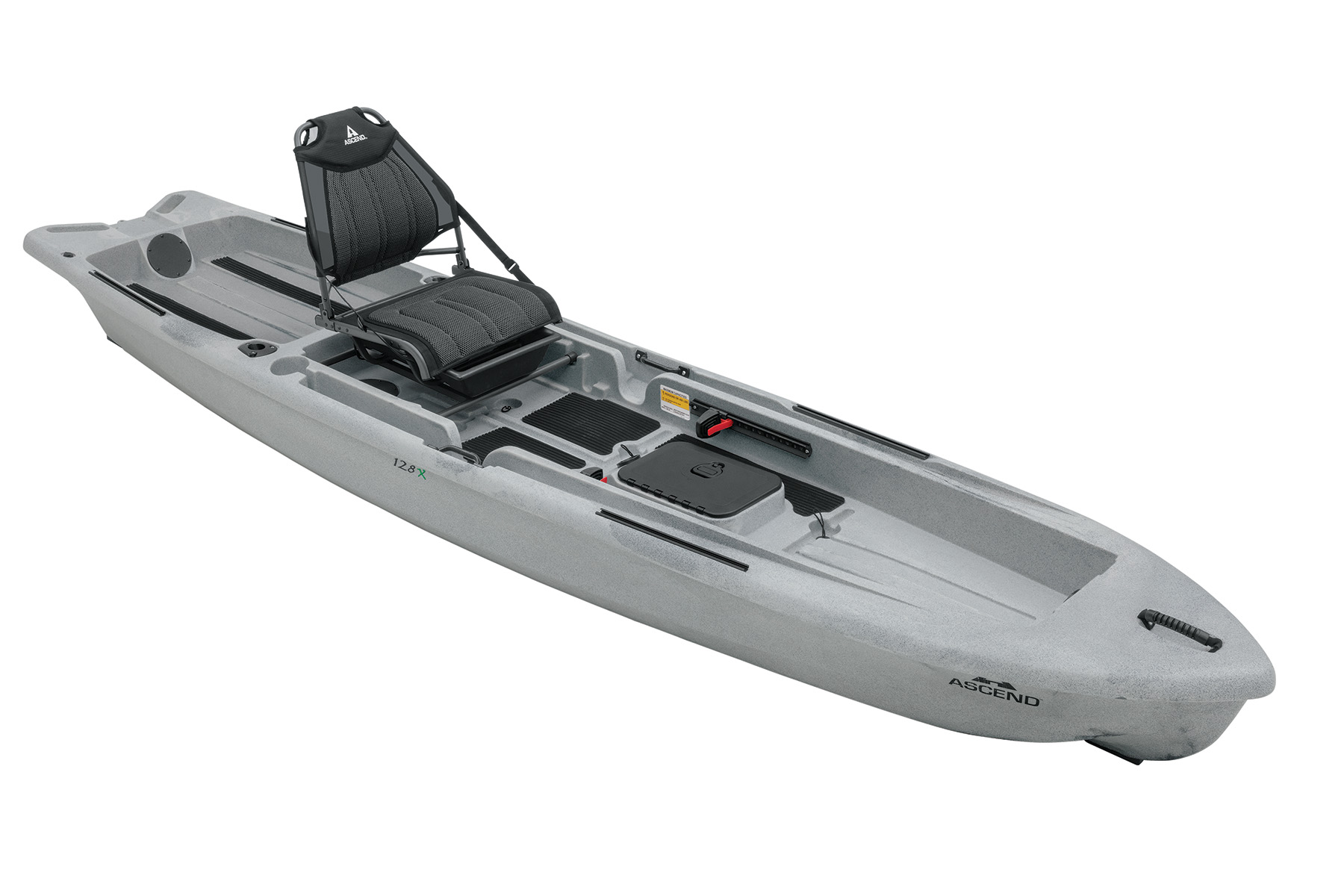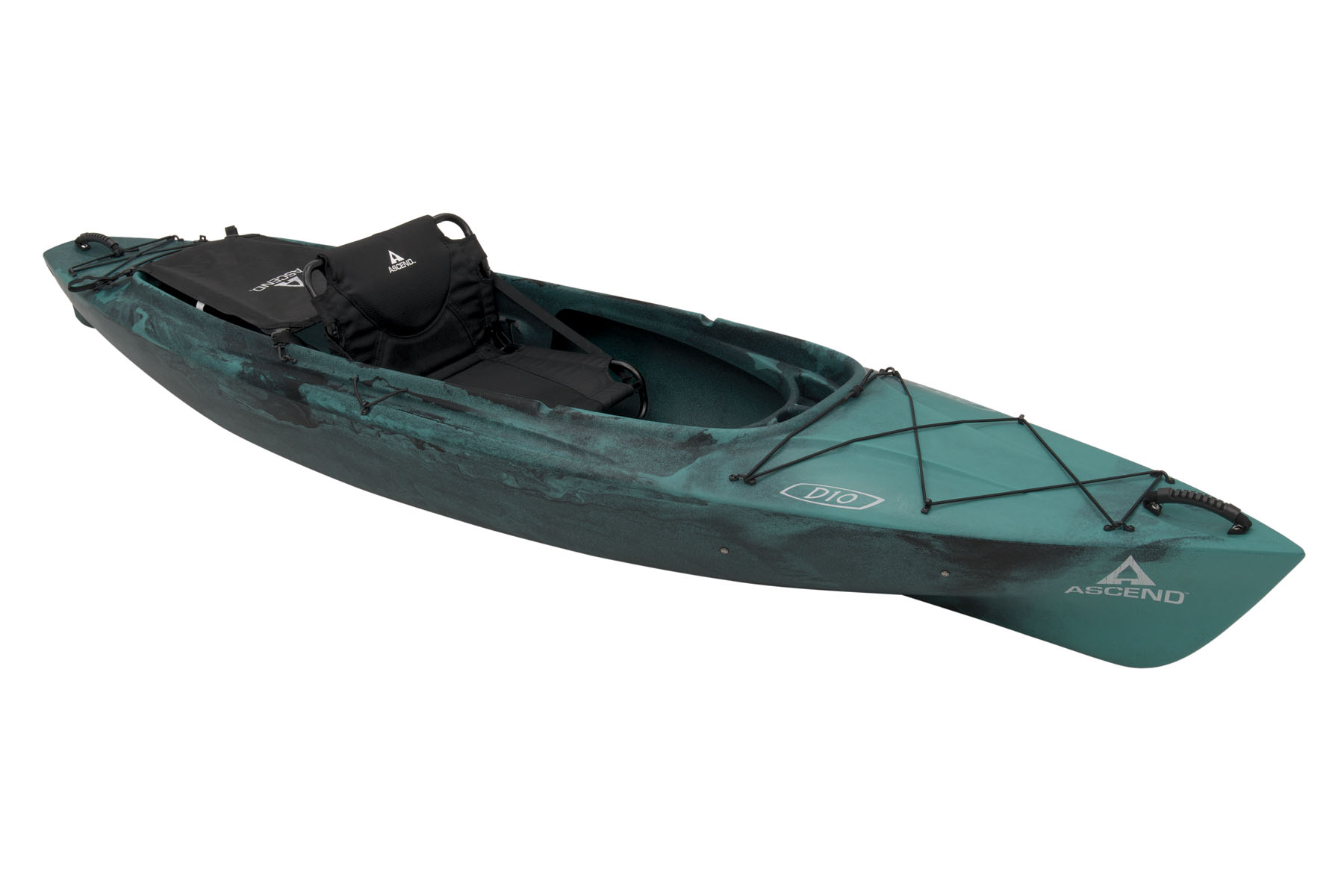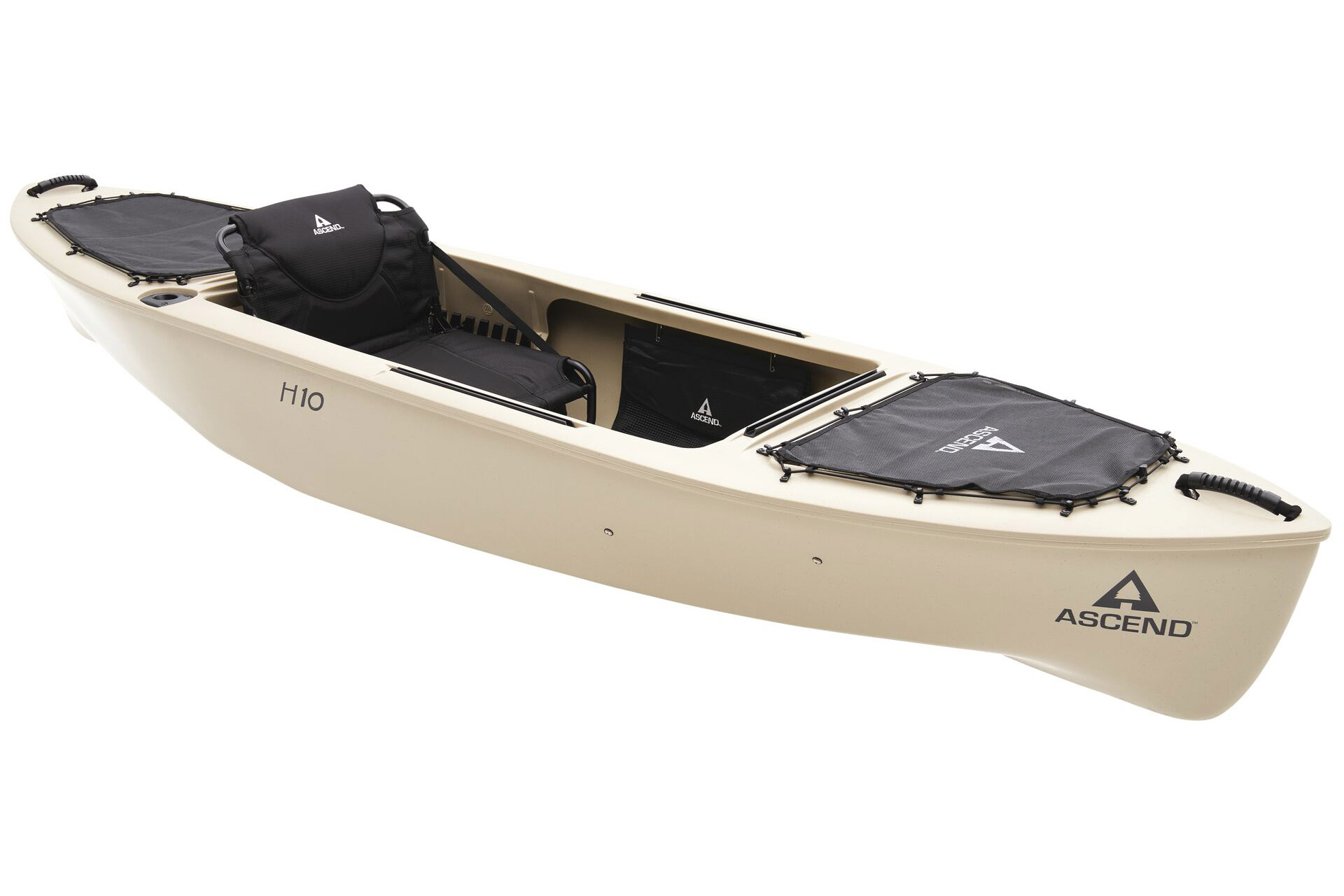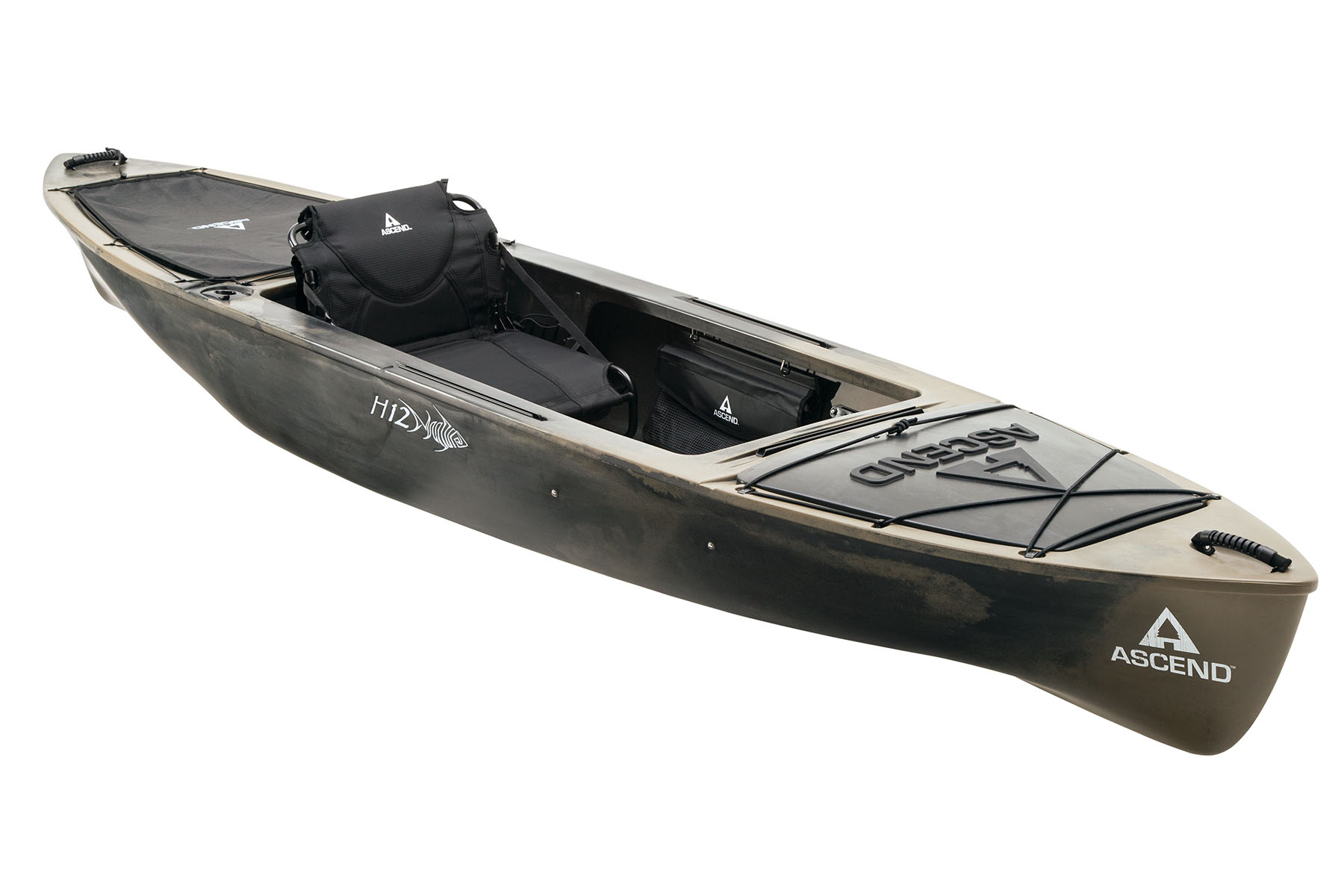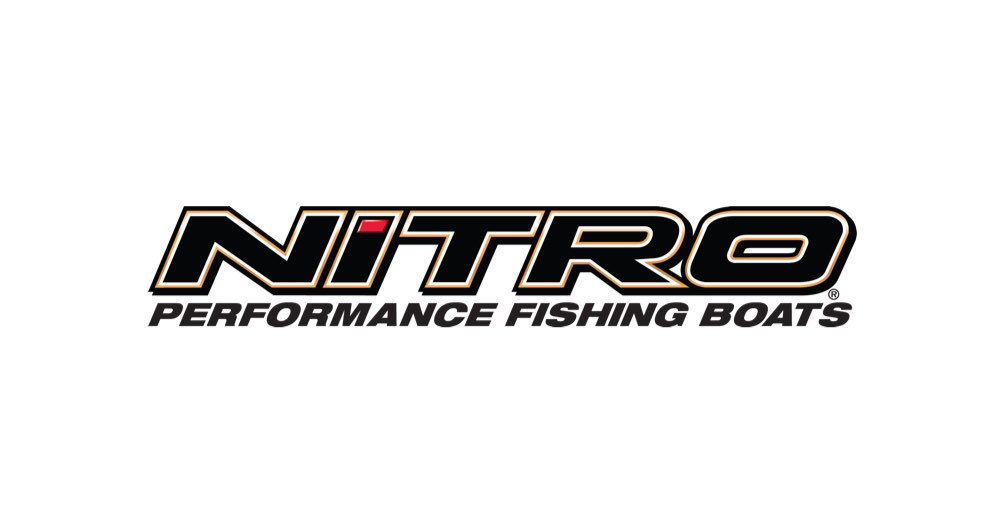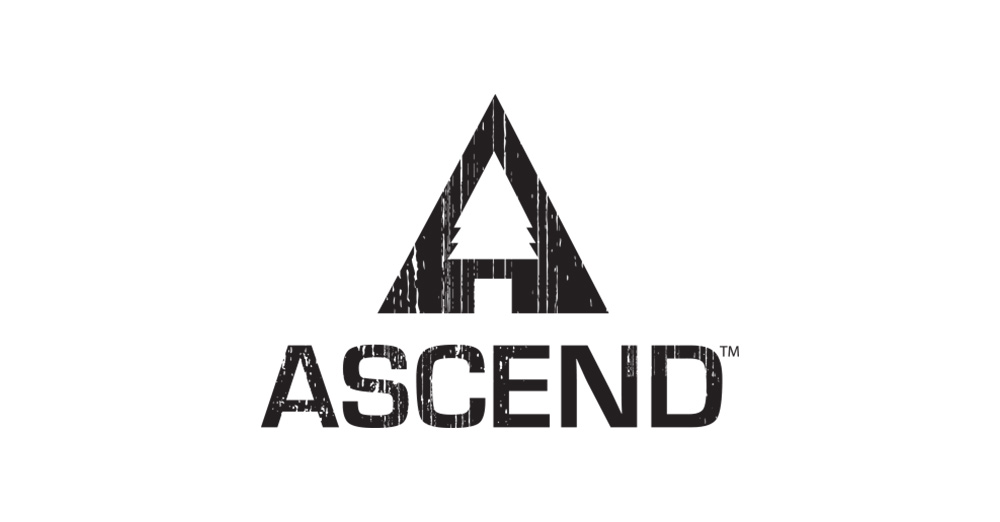Fishing From a Kayak
Owning a kayak opens a world of adventure and exploration to all age groups and experience levels that is simultaneously exhilarating, relaxing, and rewarding. All the opportunities of the water are accessible to paddlers, and the experiences found by kayaking enrich our lives and build strong bonds between friends and family being together in nature.
As kayaks become more popular and continue to evolve, activity-specific and specialty models become more and more refined—which is a good thing. While a general do-all kayak isn’t really good at any one thing, they’re a good option for beginners; but you’ll soon be looking for a more purpose-built ‘yak. It’s a good idea to determine what your primary use will be, and shop for a model that’s designed and built for that activity. Fishing is among the most popular activities kayakers choose.
ASCEND fishing kayaks are purpose-built for all anglers, from newbies who are wanting to wet a line now and then to pros who travel to compete on kayak tournament trails. The benefits of a purpose-built fishing kayak are many, and once you fish from an angling-centric ‘yak, there’s no going back.
We go in-depth into the differences between the segments of kayaks HERE (future link to this story), but in brief, ASCEND fishing kayaks have rod holders, storage areas suitable for tackle bags and boxes, and some models like the ASCEND 133X can accommodate trolling motors, fishfinders, and rail-mounted accessories. Smaller kayaks tend to offer less stability, and are not as good for stand-up fishing. Larger sit on models have a wider hull and flat cockpit surface which is ideal for standing so you can make longer, more accurate casts. Standing up also provides a higher viewing angle so you can see into the water better.
Finally, fishing kayaks are stealthier than any boat, can get into shallower water than boats, and you can take a kayak to secluded waters where no trailer boat can go. You know your needs better than anyone, so the kayak you choose should fit your budget, the type of water you’ll frequent, and how you want to fish.
What to bring kayak fishing?
Here are some basic tips for what gear to bring when you fish from a kayak. Before it’s time to hit the water, find a spot in the yard and throw your ‘yak out there. You want to do this to see if all your stuff will fit—before you get to the lake and dump it in the water.
Obviously, you’ll round up your rods and tackleboxes, but other necessities are a life jacket/PFD, drinks and snacks, dry box(es) for your wallet and such, a towel, and a cooler if you choose to keep a few fish.
That doesn’t sound like much, but when you load it into your ‘yak and try to sit down, things can get cramped. If you’ve got a stand-and-fish model, make sure you leave some room for adjusting your feet as you fish, that way you’re not standing there with your feet in an immovable position.
In general, less is more when you’re fishing from a kayak. If you really want to simplify things and be certain that all your gear will fit, look at getting a crate that’s tailor-made for your kayak. If it fits in the crate, it’ll fit in the ‘yak. Easy as that. Plus, a crate makes moving your gear from the car or truck to your kayak way simpler.
Favorite Baits & Lures
There are a ton of variables at play when selecting the best baits and lures to bring kayak fishing. Where are you fishing? What species are you targeting? What season is it? How much experience do you have? These and more all affect what lures you should bring along.
That said, there are some rules of thumb that work well just about anywhere and attract just about all species of gamefish including bass (largemouth, smallmouth, stripers) and walleye, the most commonly targeted gamefish.
Keeping with the theme of simplicity, there are two main kinds of baits, moving baits and not. Moving baits are those that you reel back to you after you cast them. These include spinnerbaits, crankbaits, swimbaits, bladed jigs, and the like. Other baits are those that after you cast them out, you’ll either let them sink to the bottom or manipulate them s-l-o-w-l-y, maybe with some hops and twitches on the retrieve. These are worms, jigs, creature baits/lizards, and jerkbaits.
Besides moving and not, you’ll notice some have wild-looking and flashy colors with chartreuse, orange, and pinks while others are more subdued with natural hues like greens, browns, and blacks. If the water you’re fishing is dirty or muddy, go with a brighter color and more lively movement. If you’re in clear water, reach for a more subtle, natural bait.
There are a few baits, like the swim jig, that can be retrieved through the water and also worked across the bottom, making them extra versatile. When you first get to a body of water, tie on a moving bait and cover some water. You have a greater chance of running into a hungry fish this way. Once you get a bite, settle down and soak the area with other lures.
Sit on or Sit in Kayaks - What is better for fishing?
Fishing from a kayak is an altogether different experience than fishing from a boat or the bank. You might be seated or standing, but no matter which, you’ll need to pay greater attention to your balance.
Casting, setting the hook, and fighting fish all take on a different form when fishing from a kayak. When seated, you don’t have the same leverage on the fish as you do standing, but when you’re standing in a kayak you don’t have as stable of a platform beneath your feet. That said, the risk of falling in is minimal; all that’s needed is an hour or so on the water and you’ll be as confident as you’ll ever be.
A kayak lets you access more secluded, out-of-the-way honey holes than a boat, giving you a better chance at all-day action. And with a fishing-specific kayak, you’re not giving up much in the way of fishing capability.
ASCEND fishing kayaks are custom crafted in Missouri to give you every advantage on the water in a quality, versatile, comfortable, and capable platform that’ll have you hooked on paddling.
ASCEND fishing kayaks are custom crafted in Missouri to give you every advantage on the water in a quality, versatile, comfortable, and capable pachake that’ll have you hooked on paddling.
Feb. 2023



